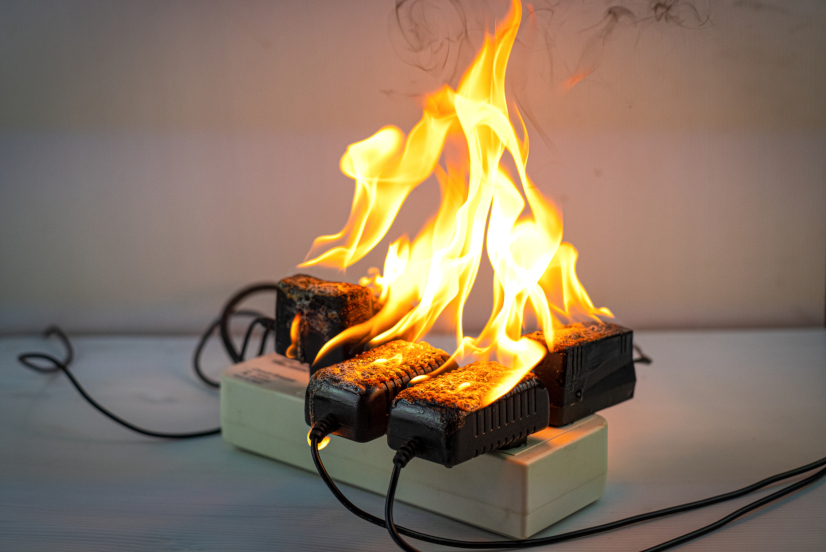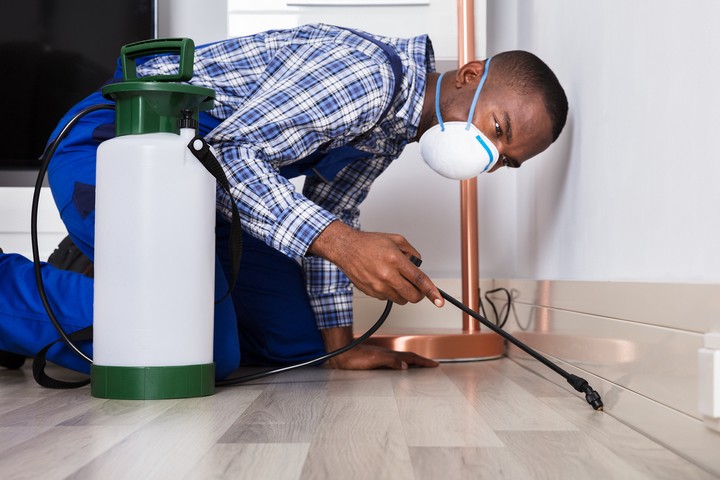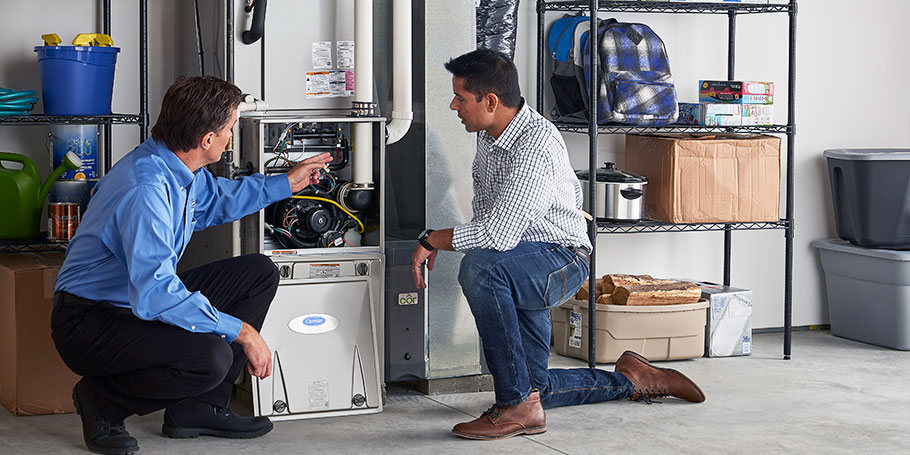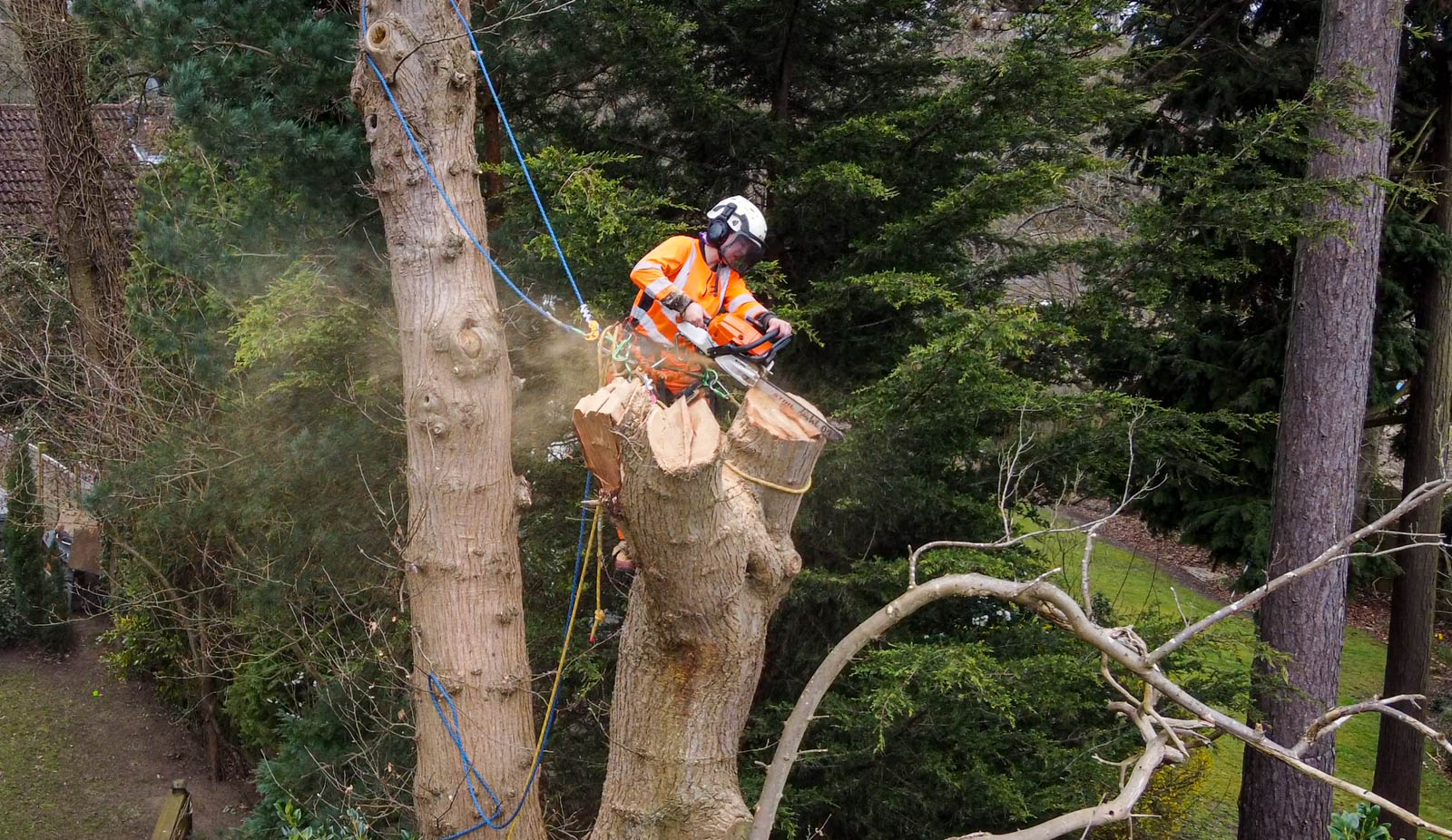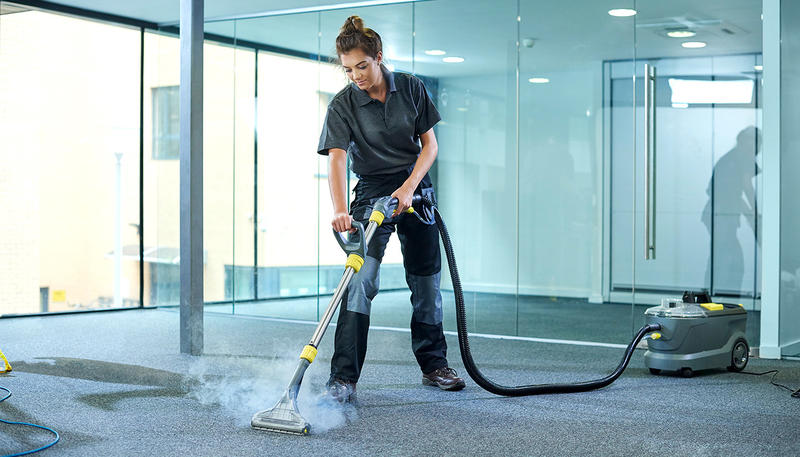Every year, over 200 people in the UK die in fires in their homes. Fire and rescue services are called in to 150,000 such fires annually.
There’s a range of actions anyone can take to prevent fires, and increase fire safety, from installing top-notch smoke detectors to investing in fire extinguishers.
Having periodic fire risks assessments, though, is a legal requirement for many people in the UK according to the Fire Safety Order (FSO) of 2005. If you are responsible for a building, you’re required to organize an assessment periodically.
Even if you own a private home, though, it’s a good idea to go through a fire safety checklist once in a while.
To help you, here are three tips for organizing and carrying out a fire risk assessment.
1 – Check Your Responsibilities
First off, you should do some deep digging into what exactly your responsibilities are with respect to fire risk assessments.
As mentioned above, such assessments are a legal responsibility of owners or occupiers of any premises that aren’t a single private home. This includes multi-residential buildings such as blocks of flats and large houses with multiple occupation. It also applies if you run a business – for the safety of your customers and your staff.
Plus, if you run any ventures that have paying guests, like a guesthouse, a bed and breakfast, or even a self-catering property let, having regular fire risk assessments is obligatory.
In addition, in some cases your fire risk assessment needs to be a written record. This applies if five or more people work at your premises, or in case your business has a licence under enactment in force.
2 – Consider Finding a Reliable Professional Assessor
Next, you should consider carefully who does your fire risk assessment. The fire brigade, in any case, doesn’t do assessments – they just check if they have been done.
It’s possible to do the assessment yourself, if your building or business isn’t too large or complex, and the potential risks limited. For this purpose, the government provides a step-by-step guide. In general, fire risk assessments include:
- Identifying potential fire hazards and removing them (such as accumulations of flammable materials).
- Pinpointing who is at risk and determining how to increase their preparedness and security in the case of a fire (for example by providing training such as fire drills).
- Checking and improving the fire precautions and equipment (like fire detection and warning systems, and firefighting equipment).
If you’re responsible for large buildings, a complex business with a large staff, or buildings with particular limitations such as heritage buildings, you should consider reaching out to a professional assessor.
To help you find the best person for the job, the London fire brigade offers a guide on choosing a competent fire risk assessor.
3 – Document Everything and Review it Regularly
Be sure to schedule fire risks assessment ahead of time and to document carefully that they are carried out – even if you do them yourself.
Take notes throughout the process – both on the shortcomings you can find, and on the improvements you can make. Complement the entire documentation with photos and make sure to save everything carefully.
That way, if a fire does occur, you’ll be able to prove that you fulfilled your duty and duly assessed the risks.
As for how often you should review your risk assessment, the law doesn’t provide any guidance. Generally, doing a thorough fire risk assessment every two years is sufficient. However, you might have to repeat it sooner if significant changes occur, like the storage of hazardous materials, large staff increases, or modifications to the building layout.
